How To Start an Online Boutique Business for Beginners

As of 2023, there were approximately 2.64 billion individuals worldwide - equivalent to 33% of the global population who engaged in online shopping. It is anticipated that this number will continue to rise in the coming years. This is an opportunity for individuals who wish to sell online to create their own store in any field they desire.
In today’s digital age, setting up your own store is easy. But with so many already out there, figuring out how to stand out can be daunting. This guide, with just 10 simple steps, will take you from a beginner to an expert, transforming your passion into a thriving online business.
What is an Online Boutique?
An online boutique is pretty much like an online store, but it is still a bit different. It’s where you sell stuff on the internet, just like any eCommerce site but, it’s not your usual store. Online boutiques are more about catering to a specific group or selling unique items. They’re often linked with indie clothing shops or lifestyle brands that offer a carefully chosen range of products in a particular area.
What makes them stand out is their vibe of exclusivity. They might sell luxury goods or give shoppers a personalized experience, even though they’re smaller compared to big retailers.
How To Start an Online Boutique Business?
1. Pick a niche you want
What makes you excited? We all have hobbies and things we love, like gardening, crafting, riding bikes, or looking after our skin. Thinking about how you can start a business around something you love can help you make your dream of owning an online boutique come true.
To identify a niche market for your online boutique, reflect on the following questions:
- What activities do you enjoy in your leisure time?
- What common challenges do you encounter that could be addressed with a product?
- Are there any products related to your hobbies that you could sell?
Answering these questions helps you figure out what you’re passionate about and starts laying the groundwork for your business. This step also helps with market research and figuring out how to make your online boutique successful. While having a business plan is essential, knowing what you love and want to focus on is key for long-term success.
Select a niche market that interests you. Learn a lot about it and teach others what you know. Make interesting stuff that connects with the people you want to reach. Then, use this to grow your online store.
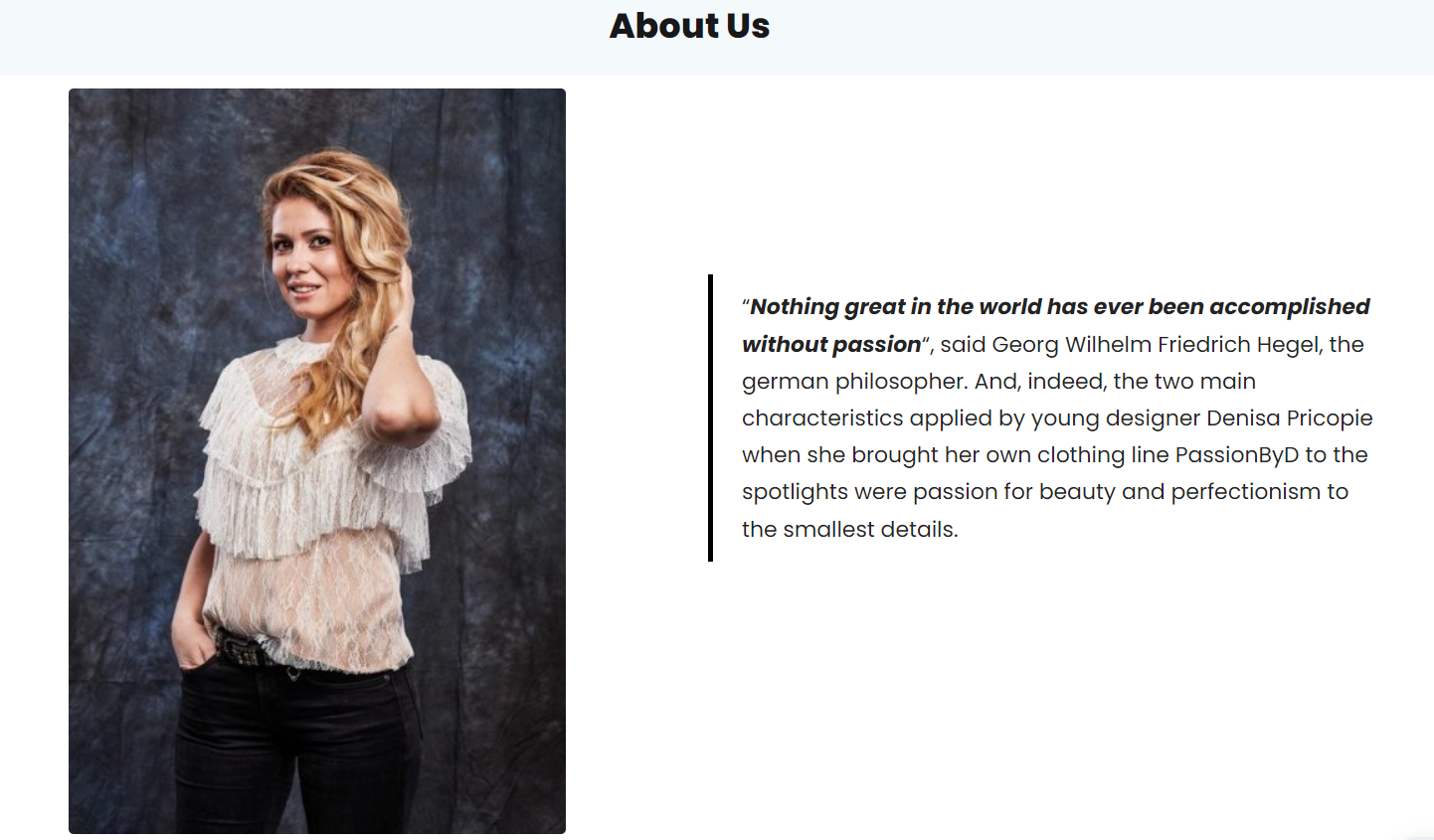
2. Identify market gaps
Simply being passionate isn’t enough for an online boutique to succeed. It’s really important to find where there are problems in the market for your specific type of products. You should look for things that people need but can’t find, like products that are missing or issues that haven’t been solved. Figure out what products are necessary but aren’t being sold by other companies, big or small. Your plan for how to run your business will be very important in setting the stage for your future successes.
For example, Rhiannon Taylor, founder of RT1home, saw that there were gaps in the gardening supplies market. She realized that there weren’t many high-quality indoor tarps for potting plants and fancy gardening tools in the US. To fix this, she started making new products like tarps and coverlets herself and collected top-notch Japanese gardening tools for city gardeners. Her careful attention to what people needed and her proactive way of offering new solutions helped her online store become successful.
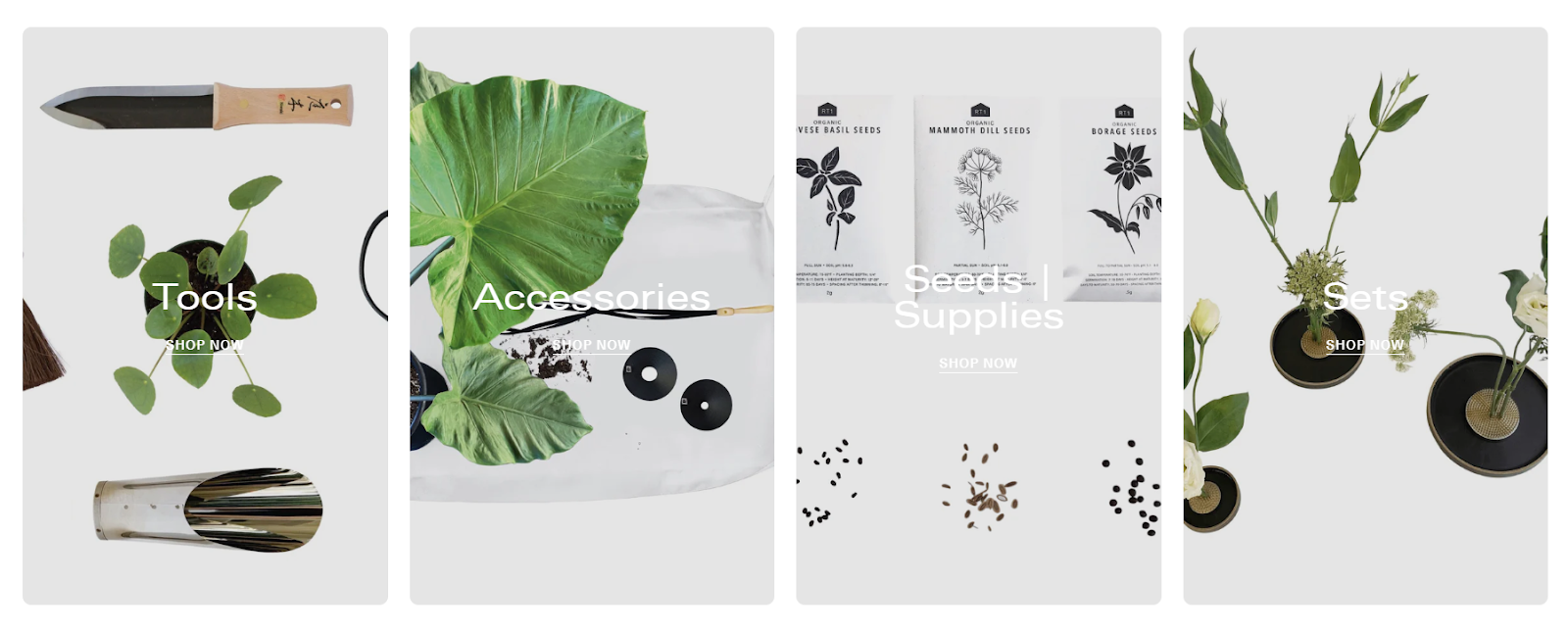
3. Write your business plan
Creating a business plan is super important when you’re starting an online store from home. It’s not just a roadmap for your journey, but also confirms that your idea is good and helps you think about your strategy. Spend time making your plan better, figuring out what challenges you might face, thinking about what you’ll need, and explaining your business idea before you start. And as your business grows, your plan will help you keep your money in order.
Think about these questions: What’s the big goal for my online store? Do I want it to be really popular, like the brands you see in big stores like Urban Outfitters? Or do I want it to be a fancy brand that people can only buy from my ecommerce platform ?
Learning how to make a really good business plan is crucial if you want to start a successful online store.
4. Make your items
When starting an online boutique, you’ll need to make many decisions, and one of the most important is picking the business model. This model not only decides what products you’ll sell but also affects how much money you’ll spend on running your business in the future.
Various common models include:
- Dropshipping: A third party manufactures products and handles order fulfillment, eliminating the need for inventory storage.
- Manufactured products: Overseas or domestic companies manufacture your products and ship them to your location.
- Reselling: Purchasing products from other brands through wholesalers and selling them in your online store, particularly suitable for vintage clothing brands.
- Handcrafted products: Creating and fulfilling orders for products yourself, offering a wide range of possibilities for profit.
- Print on demand: Designing products like t-shirts or pillows, with a third party handling manufacturing and order fulfillment.
Many of these models involve the use of an online boutique website, and they can be mixed and matched to suit your specific requirements.
When relying on manufacturers, consider these tips for finding the best fit:
- Do thorough online research using platforms like Google, Yelp, and manufacturing directories to find local producers
- Reach out to multiple candidates at the same time via email or phone to schedule appointments.
- Show potential producers professional mock-ups and prototypes to effectively communicate your business vision. To streamline the process, consider using tools for appointment scheduling to organize meetings and keep track of important discussions efficiently.
- Prove your commitment to producers, as most prefer long-term partnerships over one-time projects. Demonstrate a strong vision and solid product ideas to gain their trust.
5. Develop your brand
Absolutely, your branding is a critical aspect of your online boutique. Here are the key upfront decisions you need to make:
- Defining your brand’s ethos and values.
- Determine the visual representation of your brand identity, including the aesthetic you prefer.
- Create your brand narrative and establish your brand voice.
- Choose a business name and develop brand assets such as a logo.
6. Set product price
Choosing the pricing for your products is a crucial decision that affects many aspects of your business. It influences your target customers, cash flow, profits, sales tax, and understanding of controllable costs.
Create a pricing plan that connects with your market. Set a price that covers your production costs without driving away potential customers, which is crucial for the success of launching your online boutique.
7. Set up your online store
At this stage, your new boutique requires an online platform for selling its products. Shopify emerges as a favored choice in the realm of ecommerce, boasting over one million businesses that have leveraged its services to establish and launch their online stores.
Other entrepreneurs, especially those seeking more customization and scalability, choose to build their online store with Magento, an open-source platform that allows for complete design and feature control.
While each platform has its pros and cons, the key is to pick the one that fits your technical skills, budget, and long-term business goals.

8. Invest in social selling and sales platforms
When starting out, it’s crucial to establish your online boutique first before expanding to online marketplaces like Etsy. Additionally, incorporating social media into your marketing strategy can boost brand visibility. For instance, RT1home built its brand on Instagram initially, with Shopify’s social media integrations being key in driving online sales growth.
Moreover, diversifying your online presence is important. While starting on Instagram worked well for RT1home, it’s recommended to also build a presence on other social media platforms such as Pinterest, Facebook, and TikTok.
9. Set up a plan for shipping
Up to this point, you’ve invested considerable effort in crafting an exceptional customer experience. From conducting research and developing products to establishing an online boutique, your focus has been on ensuring customer satisfaction.
However, one aspect that can undermine all your hard work is a subpar shipping experience. Shipping plays a pivotal role in your online boutique, representing a significant expense and impacting the time it takes for items to reach your customers. Therefore, it’s crucial to formulate a shipping strategy before initiating marketing efforts for your new boutique. Your business structure should incorporate shipping considerations from the outset.
In devising your strategy, contemplate the following questions:
- What is your shipping destination? Will you ship locally, nationally, or internationally?
- What type of packaging will you utilize? Are there any special packing requirements for fragile products? Are you inclined towards adopting sustainable packaging solutions?
- Will you provide various shipping options? Consider options like expedited shipping, local delivery, and curbside pickup.
10. Advertise your online boutique
The main goal of marketing your online boutique is to create brand awareness. You want to position yourself as the top seller in your specific product or niche market. Your reputation is a unique blend of your personality, skills, and experience that sets you apart from your competitors. Brands aren’t stumbled upon; they are intentionally developed.
Once you’ve established your online store and chosen your business name, it’s time to commence marketing efforts. From social media marketing to search engine optimization (SEO), consider the following options:
- Instagram Marketing: Utilize this visual platform to showcase your products and attract new customers. Collaborate with Instagram influencers to promote your brand through organic or paid marketing strategies.
- Search Engine Marketing: Enhance your visibility through SEO to ensure potential customers find you when searching for specific products. Consider both organic SEO tactics and paid Google Ads campaigns.
- Facebook Ads: Target specific audience segments through Facebook advertising to effectively market your products. Use Shopify Capital Marketing Funding to boost your ad budget and generate buzz.
- Influencer Marketing: Partner with influencers across various platforms to showcase your products to your target audience, leveraging their credibility and reach.
- Public Relations: Invest in PR efforts to initiate conversations about your brand with media outlets, customers, and retailers, facilitating brand expansion.
- Email Marketing: Utilize email as a powerful marketing channel to engage both new and existing customers, fostering sales, education, and loyalty.
- Content Marketing: Create valuable content such as blog articles and tutorial videos to attract and retain customers over the long term.
3 Important Points to Think About Before Starting Your Online Shop
Let’s be honest: Starting an online boutique can be tough and full of challenges. Having a good business plan is really important for any small business, because it shapes the path of your online boutique. The most successful online boutique owners are not just creative, but also have a strong entrepreneurial spirit.
Building an online boutique requires considerable effort
Success won’t happen overnight. But if you’re dedicated and focused on important tasks, you can guide your business with purpose and eventually do really well. Especially at the beginning when you have a lot of responsibilities, take the time to find out what parts of being an entrepreneur you like. Eventually, you can give some tasks to other people as needed.
Challenges are par for the course
Expect difficulties, especially if this is your first try. Staying motivated and having realistic expectations about progress is really important. See challenges as chances to grow as you develop your online boutique. Overcoming each problem helps make the customer experience better.
Legal considerations may be necessary
Be aware of the legal rules that apply to your industry. Look into the business permits and government rules you need to follow. While there’s no specific license for running a boutique, you might need permits at the city, county, or state level for taxes, buying inventory, and protecting your business name with a trademark.
5 Top-notch Examples of Online Shops
1. The Narwhal Boutique
Industry: Fashion
Homepage of The Narwhal Boutique’s eCommerce websiteThe Narwhal Boutique is an established clothing boutique based in Toronto, featuring both a physical retail location and an online store. Focused on offering niche, distinctive, and high-end independent brands, the boutique specializes in ready-to-wear women’s fashion.
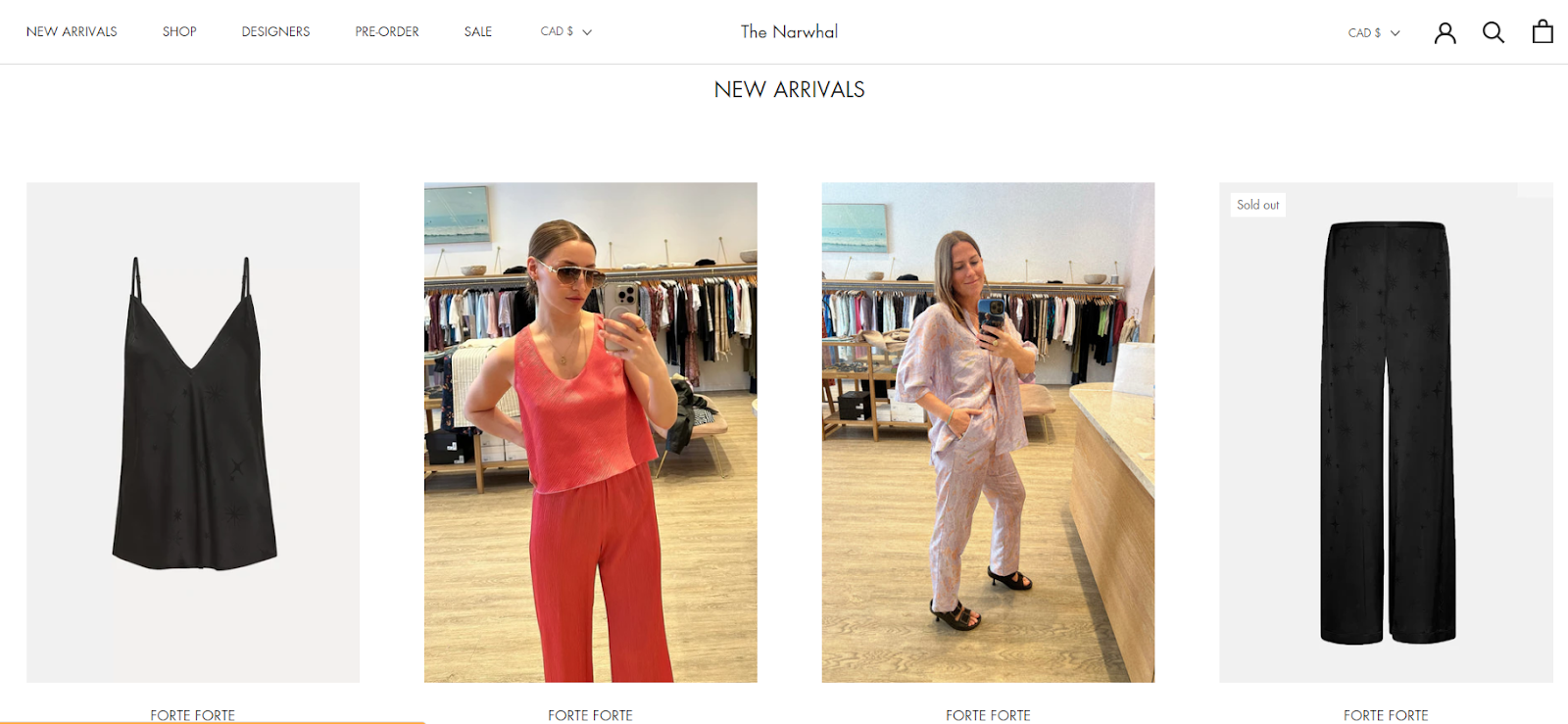
Why it’s effective While the retail boutique remains the primary focus of the business, The Narwhal Boutique’s online store complements this by adopting a more supportive role. Its straightforward design prioritizes striking product photography, with a homepage carousel showcasing the latest collections.
2. Silk and Willow
Industry: Wedding and event décor
Silk and Willow’s online boutique is crafted to highlight its eco-friendly style and keen focus on textures in wedding decor.

Why it’s effective
The effectiveness of the storefront lies in its seamless browsing experience, enabling visitors to peruse a variety of plant-dyed silk ribbons, table linens, and handmade stationery. Each product is complemented by captivating imagery and detailed descriptions, resonating with an audience in search of a luxurious and timeless ambiance for their celebrations.
3. Barking Babies
Industry: Pet care
Based in Vancouver, Barking Babies is a comprehensive establishment encompassing a boutique, spa, kennel, pet store, and puppy-training facility, offering a wide array of dog-related services with a strong focus on fostering social interactions for canine well-being.
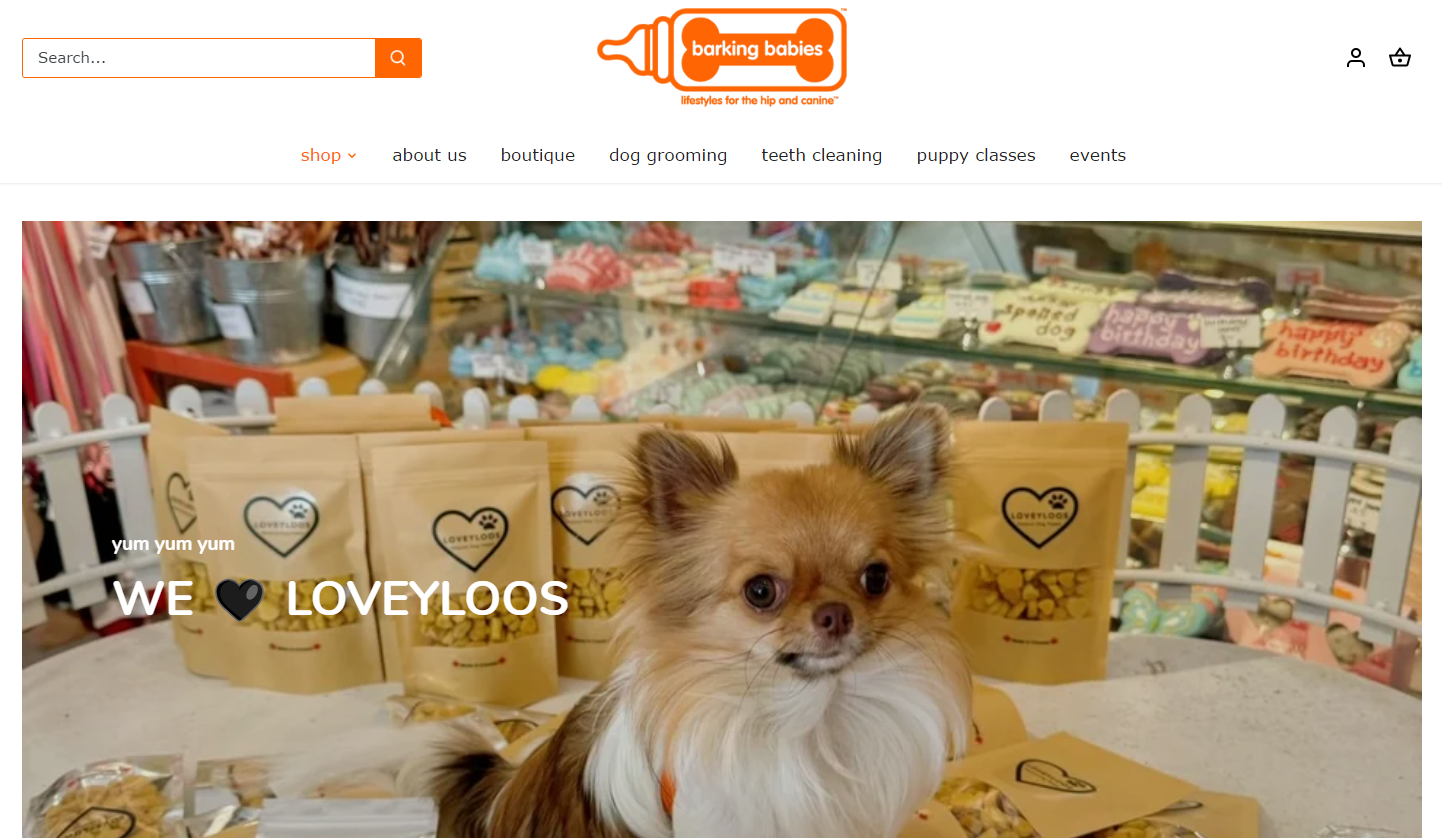
Why it’s effective
The ecommerce website extensively highlights the significance of dogs socializing, showcasing images of clients’ dogs engaging in play alongside exclusive haute products. This combination instills confidence in customers, demonstrating Barking Babies’ deep understanding of their needs.
4. Parks Canada Shop
Industry: retail
Parks Canada Shop provides a boutique-like experience for customers, acting as the official online store for Canada’s national parks. It features a diverse selection of merchandise like sweatshirts, mugs, and camping cutlery sets bearing Parks Canada branding, along with artist-designed items. The shop caters to a particular audience of Canadian outdoor enthusiasts.
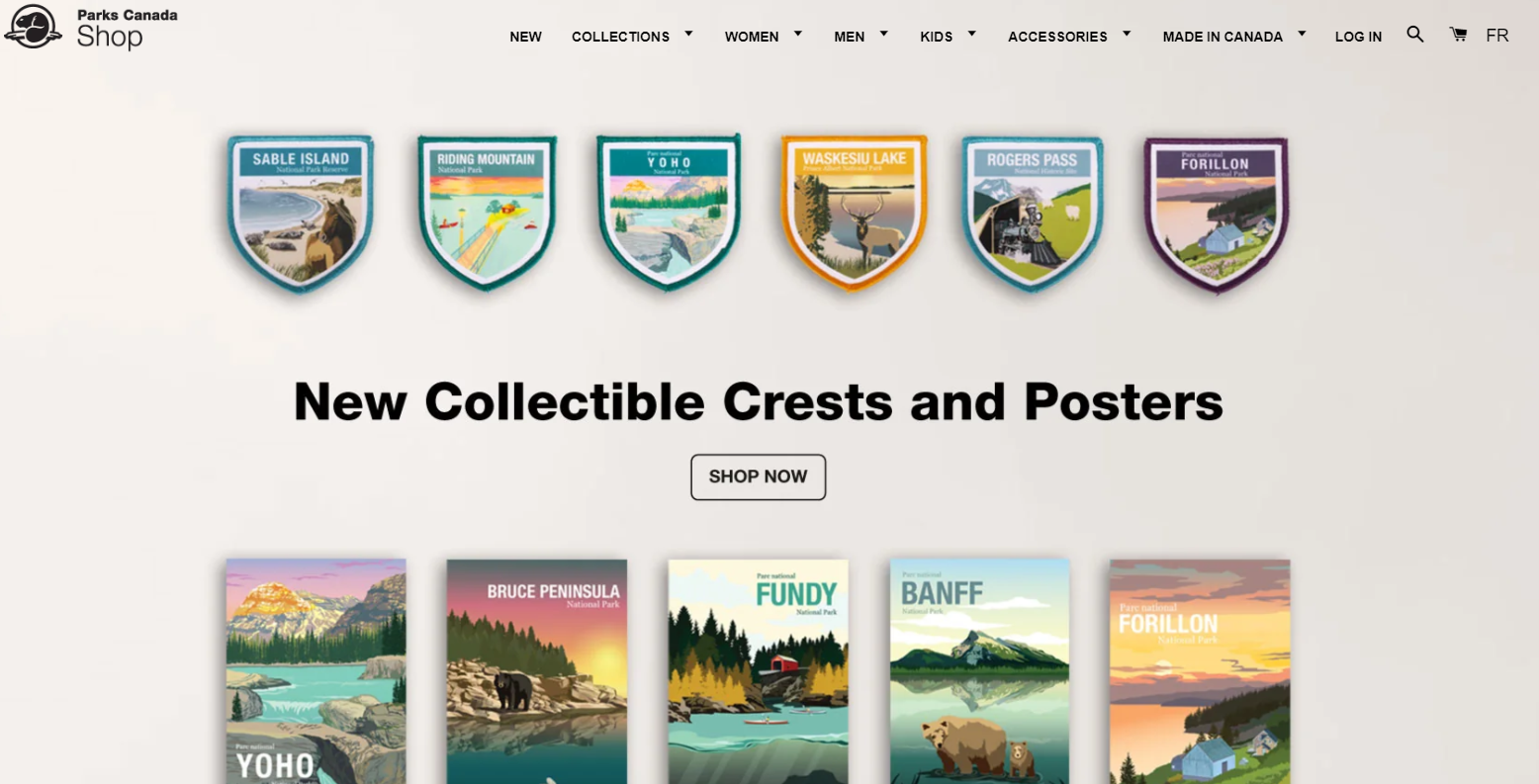
Why it’s effective
The effectiveness of the shop lies in its wide array of products that are readily accessible, with different sorting options conveniently located in the upper navigation bar. Furthermore, the product pages are rich in information, offering details such as sizing, product origin, and customer reviews.
5. Province Apothecary
Industry: skincare and beauty
Province Apothecary originated from Julie Clark’s journey with eczema and frustration with traditional skincare solutions led to the birth of Province Apothecary. Focused on certified vegan and ethically sourced skincare products, Julie went beyond personal struggles to create a brand synonymous with natural remedies. The brand not only boasts a physical location and skincare clinic but also has grown to have a loyal following, including endorsements from celebrities like Gwyneth Paltrow and features in publications like Vogue.
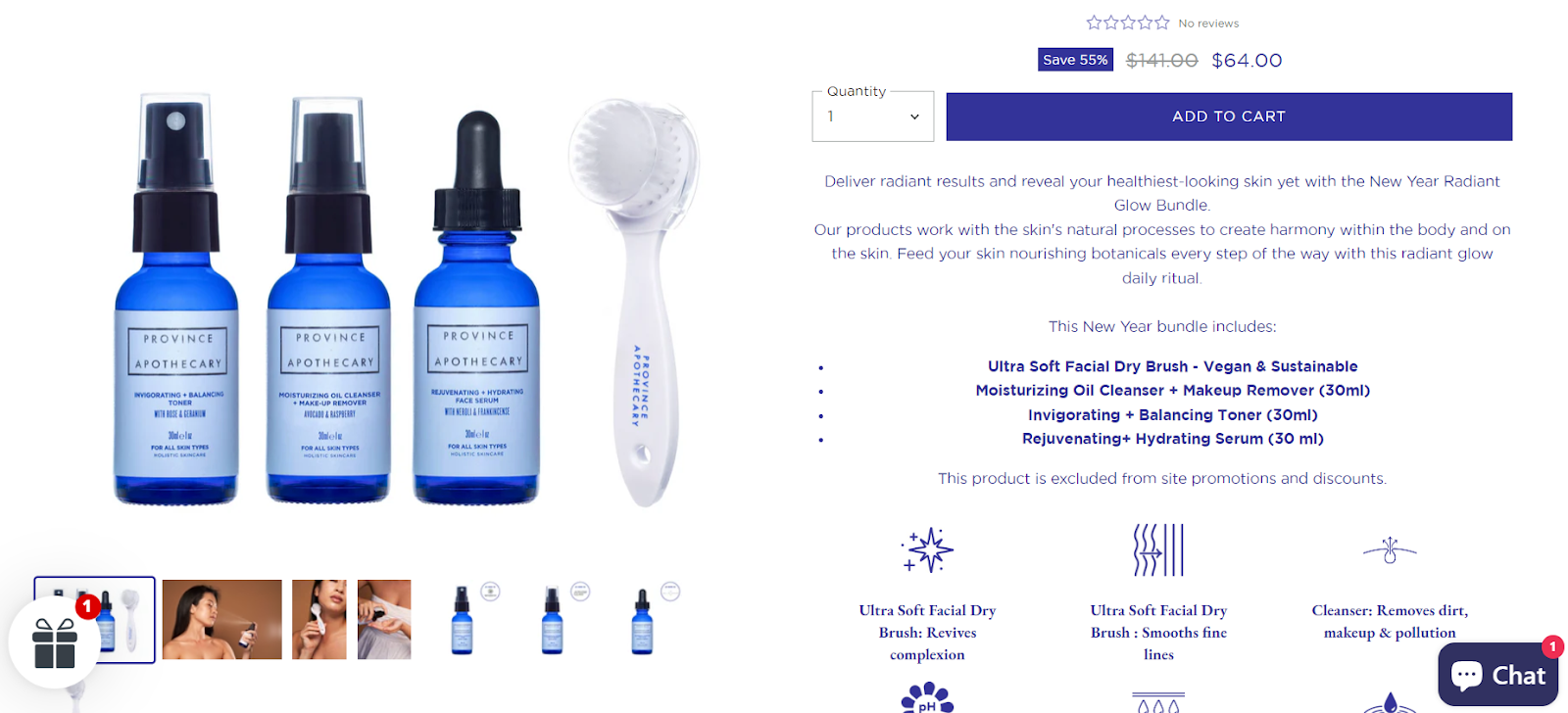
Why it’s effective
Province Apothecary’s website stands as a pillar of information for customers, aiding them in making informed decisions. Through user guides, detailed ingredient lists, and informative content, the online boutique simplifies the skincare shopping experience. This approach fosters trust and loyalty among its clientele, cementing its position as a leader in natural skincare solutions.
Conclusion
By following the steps outlined in this guide and staying informed about the latest trends and updates in the industry, you can build a thriving online boutique that stands out from the competition. So, take the first step today, and embark on your exciting journey to entrepreneurial success!





![Top 20+ Must-have Shopify Apps for 2025 [Free & Paid] - Mageplaza](https://cdn2.mageplaza.com/media/blog/must-have-shopify-apps/top-must-have-shopify-apps.png)
![[2025 Updates] Top 10+ Upsell Apps for Shopify - Mageplaza](https://cdn2.mageplaza.com/media/blog/best-upsell-shopify-app/cover.png)